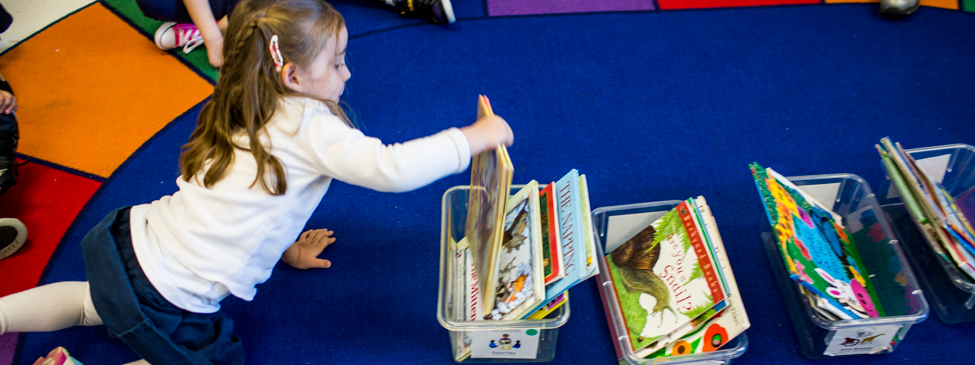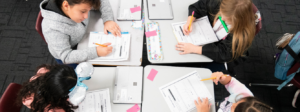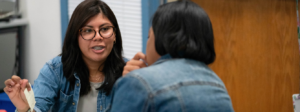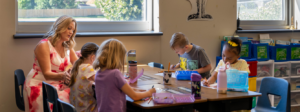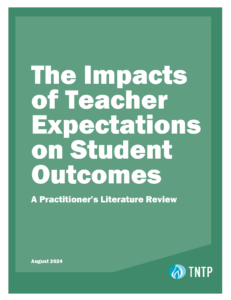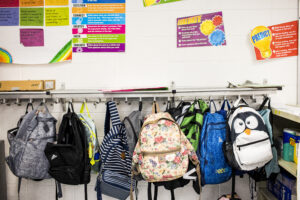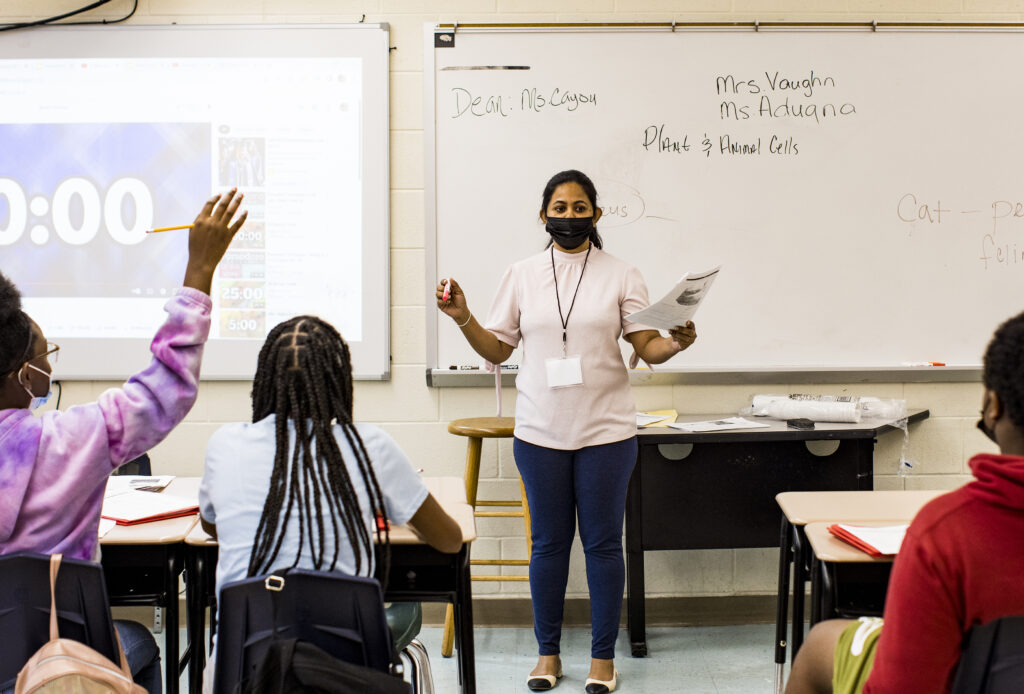Kids should learn stuff in school. As far as opinions on education go, that one’s pretty benign. Who’s going to offer a counter-argument?
But actually, the idea that children should be building literacy skills through content knowledge—in other words, learning to read, write, and speak while learning about particular topics—hasn’t been the norm in most classrooms. Instead, most children have been learning literacy as a set of discrete skills—separate from building knowledge, which has traditionally happened in classes like social studies and science. Since K-6 teachers report spending an average of just 16-21 minutes and 19-24 minutes a day on those subjects respectively, far too many young students are missing out on opportunities to bolster their knowledge about the world, while building their literacy skills.
Shifting toward a content-rich approach to teaching literacy is one of the major changes at the heart of the Common Core standards. In Chris Hayes’ second grade classroom in Reno, Nevada, this means her students have spent the year working through units on Westward Expansion, Ancient Asian Civilizations, the War of 1812, and the Civil War (among others), building critical literacy skills—not just reading and writing, but also listening and speaking—while developing rich knowledge on these topics. From Chris’s perspective, her current students are becoming far stronger readers and writers at this age than students in her previous classes as a result.
The Knowledge Matters Campaign was launched late last year to promote this shift toward knowledge-rich instruction, and to provide educators with [mostly free!] resources to help them make the transition. As part of the campaign, TNTP’s Torrey Palmer has written about her own experience of teaching literacy the old way, what it takes to make the shift, and why content matters so much when it comes to teaching kids to read. Check out her paper here to learn more, and explore the rest of the resources available here.
